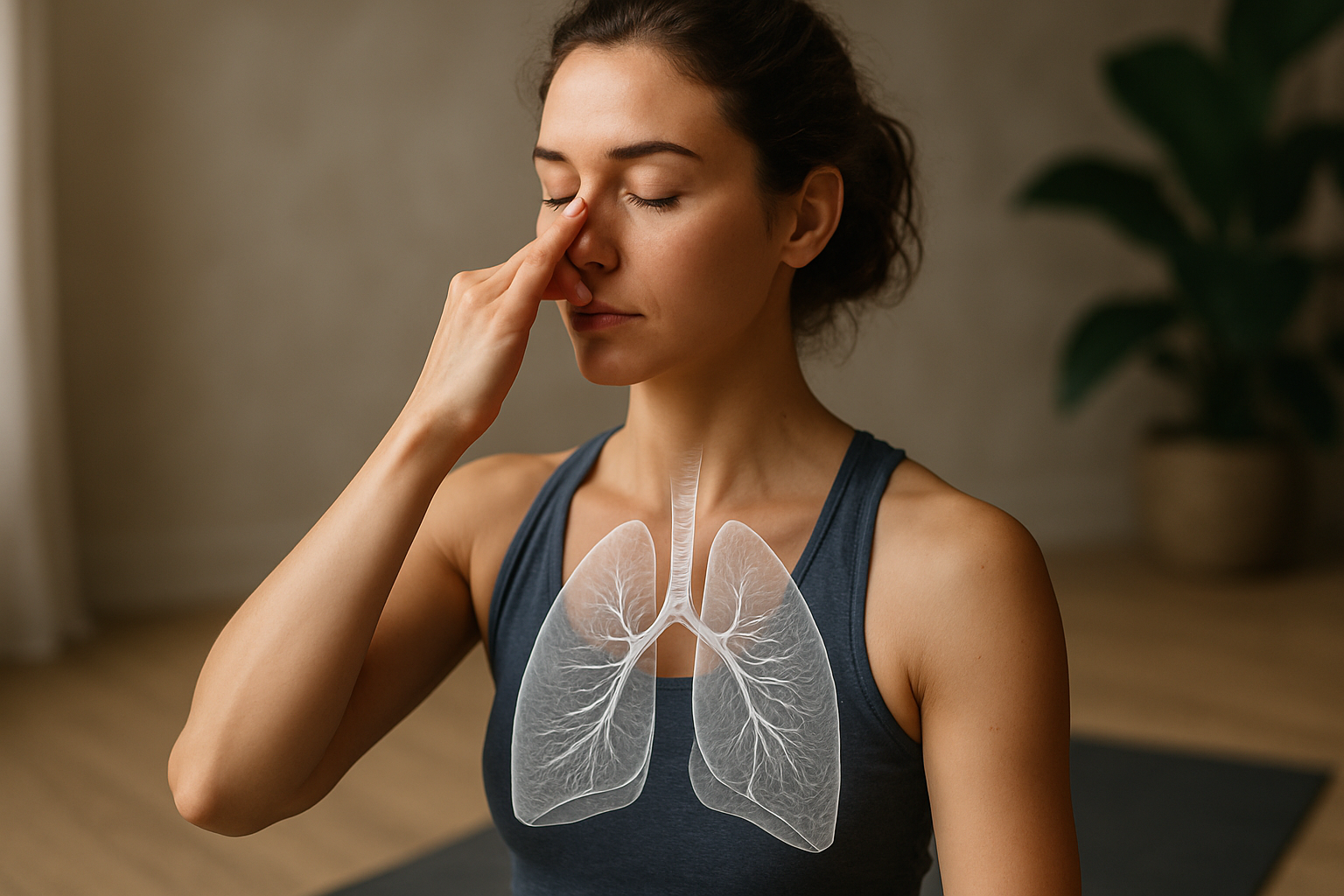Biofeedback Breathing: Harnessing the Mind-Body Connection for Optimal Health
Can you imagine having a superpower that allows you to control your body's stress response, improve your focus, and enhance your overall well-being? What if this power was already within you, waiting to be unlocked? Welcome to the world of biofeedback breathing, a cutting-edge technique that's revolutionizing how we approach health and wellness.

The Science Behind Biofeedback Breathing
At its core, biofeedback breathing is based on the principle that our breath is intimately connected to our autonomic nervous system. This system controls many of our body’s involuntary functions, including heart rate, digestion, and stress response. By learning to control our breathing, we can directly influence these physiological processes.
Research has shown that specific breathing patterns can activate the parasympathetic nervous system, often referred to as the rest and digest mode. This activation leads to a decrease in heart rate, blood pressure, and stress hormones, promoting a state of calm and relaxation. Conversely, other breathing patterns can stimulate the sympathetic nervous system, our fight or flight response, increasing alertness and energy levels.
The Evolution of Biofeedback Technology
While the concept of using breath to influence health is ancient, modern technology has transformed this practice into a precise science. Today’s biofeedback devices use sensors to measure various physiological parameters such as heart rate variability, skin conductance, and respiratory rate. These measurements are then displayed in real-time, allowing users to see the immediate effects of their breathing patterns on their body.
The advent of smartphone apps and wearable devices has made biofeedback technology more accessible than ever. Users can now practice biofeedback breathing exercises anytime, anywhere, with instant feedback on their physiological state. This real-time data helps individuals fine-tune their breathing techniques for maximum benefit.
Health Benefits of Biofeedback Breathing
The potential health benefits of biofeedback breathing are vast and continue to be explored by researchers. Studies have shown promising results in several areas:
-
Stress Reduction: Regular practice of biofeedback breathing has been shown to significantly reduce stress levels and improve overall emotional well-being.
-
Anxiety Management: Many individuals with anxiety disorders have found relief through biofeedback breathing techniques, which help calm the nervous system and reduce panic symptoms.
-
Pain Management: Chronic pain sufferers have reported decreased pain intensity and improved quality of life after incorporating biofeedback breathing into their treatment regimens.
-
Blood Pressure Control: Some studies suggest that consistent practice of biofeedback breathing can lead to long-term reductions in blood pressure.
-
Improved Focus and Cognitive Function: By enhancing oxygen flow to the brain and reducing stress, biofeedback breathing may improve cognitive performance and focus.
Implementing Biofeedback Breathing in Daily Life
One of the most exciting aspects of biofeedback breathing is its accessibility. Unlike many health interventions that require special equipment or environments, biofeedback breathing can be practiced almost anywhere. Here are some ways to incorporate this technique into your daily routine:
-
Morning Ritual: Start your day with a 5-minute biofeedback breathing session to set a calm and focused tone for the day ahead.
-
Work Breaks: Use short biofeedback breathing exercises during work breaks to reset your stress levels and improve productivity.
-
Pre-Sleep Routine: Practice biofeedback breathing before bed to promote relaxation and improve sleep quality.
-
Exercise Recovery: Incorporate biofeedback breathing into your post-workout routine to enhance recovery and reduce muscle tension.
-
Stress Management: Use biofeedback breathing techniques during stressful situations to maintain composure and make clearer decisions.
Breathe Your Way to Better Health: Key Tips
-
Start with short sessions of 3-5 minutes and gradually increase duration
-
Experiment with different breathing patterns to find what works best for you
-
Use a biofeedback device or app for more precise feedback
-
Practice consistently for optimal results
-
Combine biofeedback breathing with other relaxation techniques for enhanced benefits
-
Pay attention to your body’s response and adjust your technique accordingly
-
Share your experiences with others to stay motivated and accountable
As we continue to explore the intricate connections between mind and body, biofeedback breathing stands out as a powerful tool for enhancing overall health and well-being. By learning to harness the power of our breath, we gain a greater sense of control over our physiological processes and emotional states. Whether you’re seeking stress relief, improved focus, or better overall health, biofeedback breathing offers a natural, accessible, and effective approach. As research in this field progresses, we can expect to see even more innovative applications of this fascinating technique in the future of healthcare and personal wellness.





